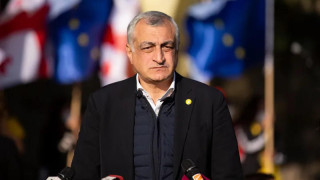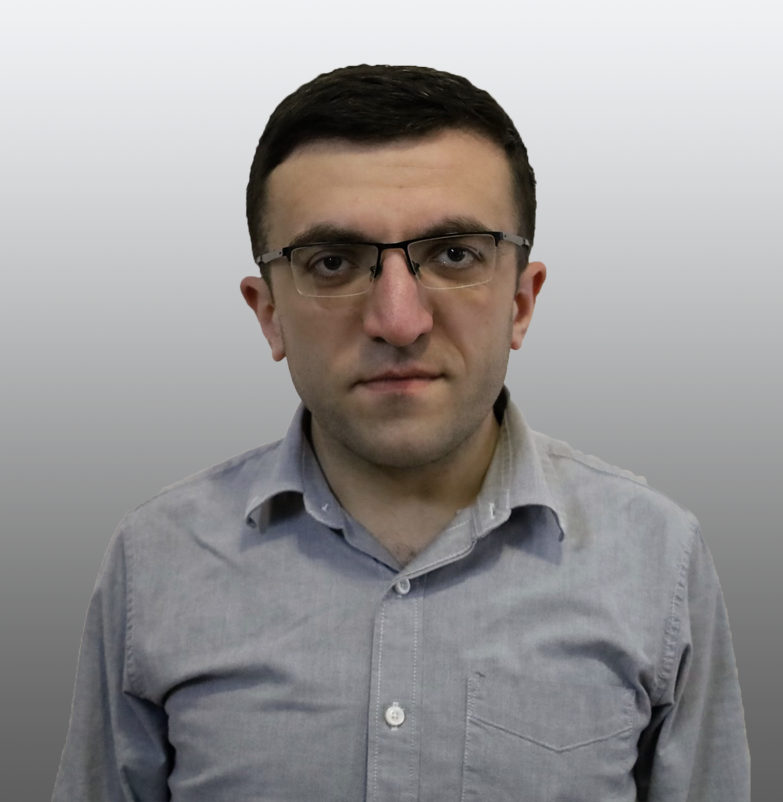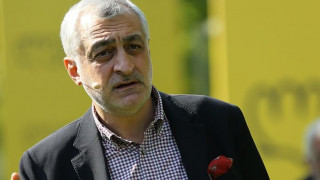Mamuka Khazaradze: “In the last three years, the trade turnover with Russia doubled but halved with the EU.”
Verdict: FactCheck concludes that Mamuka Khazaradze’s statement is HALF TRUE.
In January-October 2020, Georgia’s export to Russia amounted to USD 351 million whilst it was 59% more in the same period of 2023 – USD 559 million. Georgia’s import from Russia increased by 108% from USD 711 million to USD 1.5 billion whilst the total trade turnover grew accordingly by 92% from USD 1.1 billion to 2.1 billion.
In 2020-2023 (January-October), export to the EU increased by 7% from USD 573 million to USD 612 million and import from the EU by 97% from USD 1.6 billion to USD 3.1 billion. The total Georgia-EU trade turnover increased by 73% from USD 2.1 billion to USD 3.7 billion.
In the reporting period, the trade turnover with Russia almost doubled, although Georgia’s trade with the EU increased substantially by 73% let alone being halved (neither local export nor the share in the total trade turnover has halved). As a result, FactCheck concludes that Mamuka Khazaradze’s statement is HALF TRUE.
Analysis:
The founder of the Lelo political party, Mamuka Khazaradze, spoke about growing trade dependency on Russia at the party’s Tbilisi conference and stated: “In the last three years, trade between Georgia and Russia increased twofold whilst trade between the EU and Georgia decreased twice.”
Georgia has a free trade agreement with the European Union and the CIS (Russia is a CIS member); however, this potential is only partially used since a large part of Georgian products do not meet the standards established by the European Union. In the case of Russia, there is a problem of political risks. In 2006-2012, an embargo was imposed on most Georgian products, although today this embargo is no longer in place. However, tariffs still apply to individual products. From January 2023, Russia imposed a customs duty on Georgian ferroalloys which made its exports uncompetitive. The Georgian side also imposed a temporary customs duty on Russian wheat on the ground of protecting local production.
Prior to Russia's invasion of Ukraine, the trade turnover was growing both with the EU and with Russia. After the start of the war, the import growth rate from Russia accelerated which is largely related to oil products. As a result of Western sanctions, Russia sells both crude oil and oil products at a discount due to which the share of Russian fuel consumed in Georgia has increased.
Graph 1: Trade Turnover with Russia (Left) and with the EU (Right) January-October (USD Million)

Source: National Statistics Office of Georgia
In the entire reporting period, growth in terms of monetary value is recorded both with Russia and the European Union in the directions of export as well as import. Exports to the European Union in January-October 2023 decreased as compared to the same period of the previous year but increased as compared to 2020. At the same time, Mamuka Khazaradze mentioned "trade" and not exports and trade includes imports as well.
The decrease in exports in 2023 also has its own explanation. In January-October 2022, USD 25 million worth of ferroalloys and USD 363 million worth of copper ores were exported to the EU whilst only USD 3 million worth of ferroalloys and USD 274 million worth of copper ores were exported in the same period of 2023. The total export of both of these products decreased by more than USD 100 million. This is caused by the decrease in demand and shrinking prices on the global market.
In January-October 2020, local export (export without re-export) to Russia amounted to USD 320 million whilst it was 42% more at USD 455 million in the same period of 2023. In this same period, local export to the EU decreased by 1% from USD 501 million to USD 497 million. These figures also do not give a ground to claim that trade with the EU has halved.
Trade turnover has been increasing with other countries with some of them at relatively higher rates and others at relatively lower ones. Mamuka Khazaradze did not specify the turnover precisely but if he meant a decrease or an increase in terms of share, this would also be incorrect because nothing much has changed in terms of the share during this period. More specifically, the share of the EU in Georgia’s foreign trade turnover was 23.2% in 2020 and it decreased to 20.6% in the first ten months of 2023 which is a decrease but not a halving. In the same period, Russia’s share also decreased from 11.7% to 11.5%.
Graph 2: Trade Turnover by Share

Source: National Statistics Office of Georgia
In 2020-2023, Georgia’s trade turnover with Russia increased by 92% which can be considered as a doubling. Similar to Russia and as opposed to Mamuka Khazaradze’s statement, the trade turnover – both import and export – has been increased vis-à-vis the EU as well. There is an insignificant 1% decrease in local export and a slight decrease in share but if we look at the issue in this way, it will turn out that the trade turnover with Russia has not doubled but it has decreased.
Mamuka Khazaradze’s statement concerned Russia and the EU. He is correct in terms of Russia but incorrect about the EU. Therefore, FactCheck concludes that Mamuka Khazaradze’s statement is HALF TRUE.








